ARMS club encourages young scientists to tackle practical problems
| Published: 05-22-2017 9:15 PM |
AMHERST — When the Massachusetts Department of Environmental Protection and the University of Massachusetts Amherst tested water for lead and copper levels at schools statewide, the results — that 72 percent of school buildings had at least one fixture with high lead or copper levels — generated headlines across the state.
At Amherst Regional Middle School, several eighth-graders were conducting their own versions of those tests and were thinking about solutions to the problem.
“We learned how to test for lead, and that was the most important for us,” 13-year-old Amanda Demling said, comfortably peppering her explanation of the process with scientific jargon and analysis. “It was all a really eye-opening experience in what science in action is like.”
The science project was one of three that students here are conducting as part of a science club modeled on UMass Amherst’s Integrated Concentration in Science program, in which students use a multidisciplinary approach to solve real-world problems.
“This is an ideal science learning situation to me,” eighth-grade science teacher Jennifer Welborn, who leads the club, said. “It’s what science is all about.”
Students in the club, which is in its second year using the interdisciplinary approach, began discussing their questions in the fall. They eventually narrowed them down to three projects that they work on independently with guidance from Welborn and UMass scientists.
UMass chemistry professor D. Venkataraman co-advises the club, and described the adults’ roles as “not the sage on the stage,” but rather “the guide on the side.”
“It’s their idea, they have to solve it themselves,” he said.
Article continues after...
Yesterday's Most Read Articles
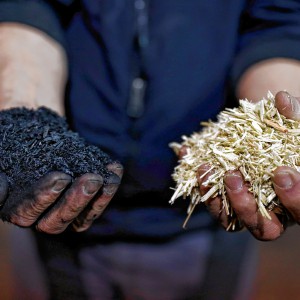 Locking up carbon for good: Easthampton inventor’s CO2 removal system turns biomass into biochar
Locking up carbon for good: Easthampton inventor’s CO2 removal system turns biomass into biochar
 Northampton man will go to trial on first-degree murder charge after plea agreement talks break down
Northampton man will go to trial on first-degree murder charge after plea agreement talks break down
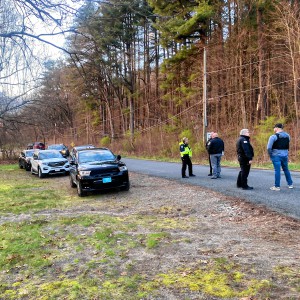 Police report details grisly crime scene in Greenfield
Police report details grisly crime scene in Greenfield
 Area property deed transfers, April 25
Area property deed transfers, April 25
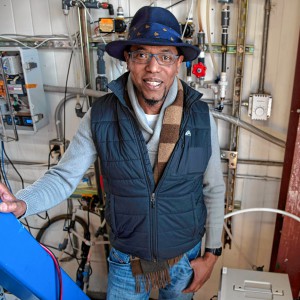 Advancing water treatment: UMass startup Elateq Inc. wins state grant to deploy new technology
Advancing water treatment: UMass startup Elateq Inc. wins state grant to deploy new technology
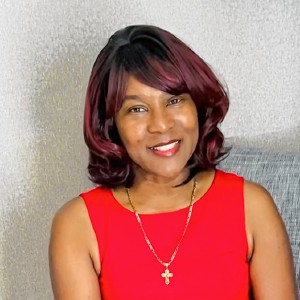 Super defers Amherst middle school principal pick to successor; one finalist says decision is retaliation for lawsuit
Super defers Amherst middle school principal pick to successor; one finalist says decision is retaliation for lawsuit
That kind of independence leads students to engage in “scientific thinking,” which Venkataraman said is important whether or not they eventually become scientists.
One of the groups is planning to float a balloon with sensors and cameras up to 100,000 feet in the sky, and is crowdsourcing funds for the helium that will make that feat possible.
“We thought it was cool, but we also wanted to see how the temperature changes with altitude,” 12-year-old Siddu Sitaraman said, adding that the group will also measure humidity from varying altitudes.
Sitaraman, together with 13-year-old Keating Shahmehri and 14-year old Sammy Conrad-Rooney, also hopes to get video of the sunrise from that high altitude before the balloon pops and the equipment parachutes back to Earth.
At an adjacent table, four students are making the prototype of what will eventually be a portable soundproof booth.
“We thought, ‘Well, sometimes it’s loud, what if you put it over your head at your desk,’” joked 13-year-old Nora Klotz.
The real reason for designing the mobile recording booth, Klotz said, was after participating in a club recording music at the school last year, she and others learned about the challenging recording environments that the school’s noisy classrooms presented.
To gather supplies for the prototype, the students went classroom to classroom looking for spare wood they could use.
“I would be honored if you could cut up our shelves,” 13-year-old Vivian Delcore remembers a teacher finally telling them about some plywood they found in the back of a classroom.
That sense of adventure seems to permeate the club’s environment. Students working on the lead testing project spoke excitedly about having woken up early to conduct their tests, arriving at the school before other students.
“It was fun because I got to miss part of my morning class,” joked 14-year-old Elsa Baxter.
“And for science!” chimed in Alicia Coleman, a 26-year-old UMass Amherst doctoral candidate in regional planning who acts as a facilitator for the students.
Science club participants have no problem mixing pleasure and academic inquiry. Throughout Thursday afternoon’s club meeting, they worked diligently on their projects while laughing, eating cake and making science puns that admittedly went over this reporter’s head.
Although she helps students in science club, laughing and joking along with them, Coleman stresses just how independent and impressive their work is.
“The questions come from them, the curiosity comes from them,” she said. “They’re seriously so smart and so capable.”
What’s more, she said, the students are putting that knowledge toward problems that need addressing, like testing the school’s water.
“It’s a problem that affects everyone in the school,” 13-year-old Anthea Spirko said about high levels of lead in drinking water. “It affects people across the country.”
Tackling problems independently and working as scientists themselves gives students valuable academic knowledge, Welborn said. But perhaps more importantly, she added, it puts them in a situation to engage in true inquiry.
“Going through the method is important,” Welborn said, pointing to the scientific approach as a fact-based way of thinking about the world for purposes not just related to science. “Those habits of mind are what we want American citizens to have. It’s what science is all about.”
Dusty Christensen can be reached at dchristensen@gazettenet.com.

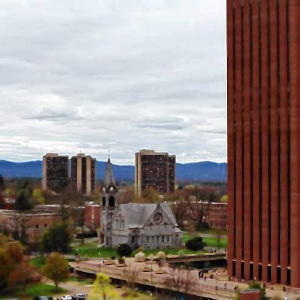 Federal probe targets UMass response to anti-Arab incidents
Federal probe targets UMass response to anti-Arab incidents William Strickland, a longtime civil rights activist, scholar and friend of Malcolm X, has died
William Strickland, a longtime civil rights activist, scholar and friend of Malcolm X, has died
